Many, going on vacation to tropical countries, dream of bringing home beautiful exotic plants. However, all plant products coming to Russia must undergo a sanitary check, primarily at the border. The need for such control is due to the fact that there is a possibility of the presence of dangerous insect pests or malicious weeds in the products that can cause huge losses to the country's agriculture.
The concept of phytosanitary control
State phytosanitary control includes certain measures relating to the protection of plants and the territory of the Russian Federation from the entry of quarantine objects. It involves monitoring the implementation of laws in this area. Quarantine objects are called organisms, including plants, which harm agricultural products and reduce its productivity. They can be insect pests, weeds or dangerous plant diseases that will cause huge losses in agriculture.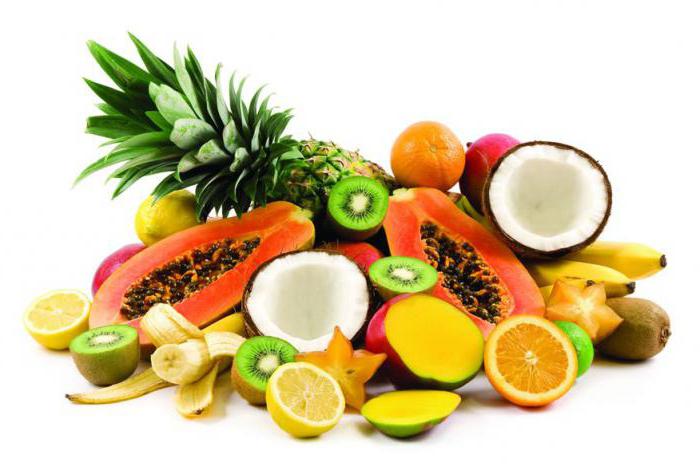
Phytosanitary regime in Crimea
In the summer of 2015 in the Crimea, in the territory of Simferopol region, it was decided to introduce a phytosanitary regime. The reason for this was the spread of ragweed, which causes severe allergies. A quarantine phytosanitary zone has been identified. All owners of regulated objects, i.e. plots, warehouses, vehicles, storage facilities, had to undergo a special examination, and products from the risk group also had to undergo phytosanitary control at all stages of production, storage and transportation to the place of sale.
Ambrosia as a quarantine object
Wormwood - one of the most common quarantine objects, weed, which was introduced to Europe from North America at the end of the 19th century. Ambrosia causes enormous damage to agriculture, forming a branched root system and inhibiting nearby plants. Its root can reach four meters; it takes twice as much water from the soil as cereals. The aerial part of the plant grows up to two meters and obscures the ears of grain from the light. During flowering, it becomes a strong allergen, which can even cause pulmonary edema.
Ambrosia is difficult to fight, it reproduces very quickly. When it is mowed, the residual stem gives several shoots, and the seeds have good germination, even being in the stage of milk ripeness. They fight this weed by combining different methods of agricultural technology, chemistry and biology, and in private areas it needs to be destroyed by uprooting.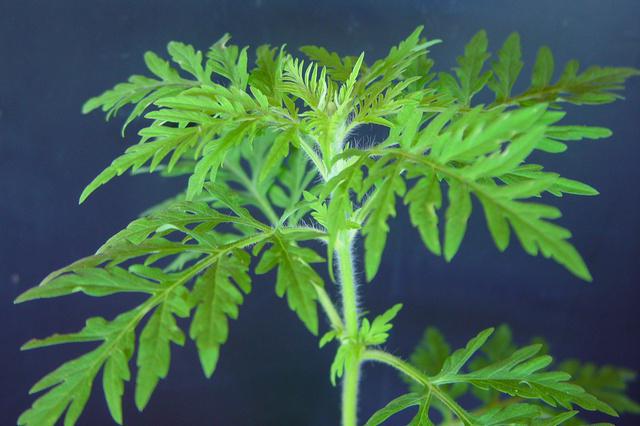
Tasks of phytocontrol
The state organizes phytosanitary control, which performs the following tasks:
- establishing phytosanitary safety on its territory;
- organization of supervision over the implementation of laws of the Russian Federation regarding phytosanitary control.
Therefore, the Government adopted the Resolution, according to it, any plant products transported across the borders of the Russian Federation passes sanitary (phytosanitary) control. And the Federal Veterinary and Phytosanitary Surveillance Service with its regional branches has become the body responsible for supervision in the field of plant protection. This body with sufficiently broad powers is subordinate to the Ministry of Agriculture of the Russian Federation.
Phytocontrol Service Authority
The activity of this service involves:
- quarantine phytosanitary control;
- certification of plant products;
- organization of control both in the places of plant growth and during transportation, which will help to identify the phytosanitary condition of the entire region;
- the introduction of the ban and its cancellation for imported into the country and exported products;
- the introduction and abolition of the quarantine regime in certain areas;
- organizational actions to establish the limits of the focus of the quarantine object, measures for its disinfection;
- organizational actions for quarantine phytosanitary disinfection of regulated products, that is, those goods with which the transfer of pests is possible;
- laboratory assurance of plant quarantine;
- development of articles of licensed phytosanitary requirements and procedures for issuing licenses for the right to conduct activities on quarantine disinfection.
Primary phytocontrol
Any agricultural products that are exported from the country or, conversely, imported into it are subjected to phytocontrol. In the latter case, an act of phytosanitary control must be attached, and when goods are exported, a phytosanitary certificate issued by the appropriate service is needed. It is a document compiled according to an international model and confirms the fact of inspection of plant products using established methods and the absence of quarantine objects in it. You can import regulated products into the Russian Federation only through those border points that are equipped with all the conditions for control. All products undergo here primary quarantine phytosanitary control, at their destination - secondary.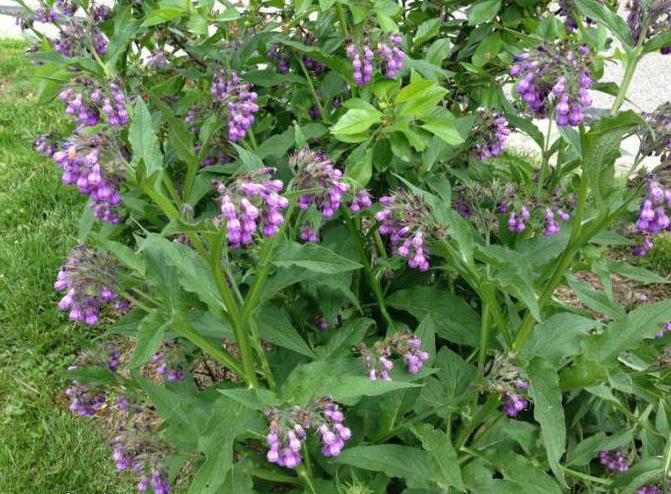
List of regulated products
There is a list of all goods that make up regulated products. This list includes all crop production, which includes seed material, unprocessed animal skins, fertilizers, various microorganisms that are transported for research work, lumber, cardboard packaging and much more. An exception is made only for those products that are transported for personal needs. It is allowed to import certain types of products without special permits, for example, packaged sugar, coffee, as well as medicinal raw materials, wool and some other names. However, their weight should not be more than five kilograms, otherwise a permit is already required for the goods. In recent years, with an increase in the supply of imported products, a potential danger has arisen of introducing new pests into the territory, such as the Colorado potato beetle. Therefore, plant quarantine plays such an important role.
Examples of the ban on the import of products
For example, in 2004 the phytosanitary control service suspended the import of flowers from some countries of Western Europe. The reason for the ban was the spread of such a quarantine pest of greenhouse plants as California thrips. Entering it on the territory of the country would bring enormous damage to greenhouses and greenhouses.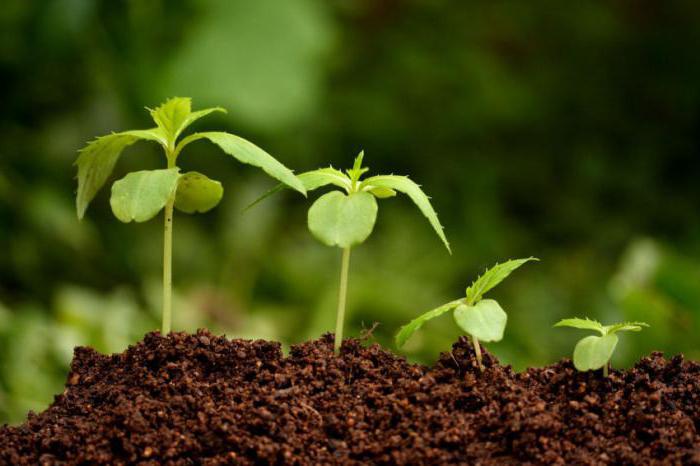
In 2005, Rosselkhoznadzor banned the supply of plant products from Moldova. This ban was due to the fact that the Plant Protection Service of Moldova did not comply with international requirements for phytocontrol, and this could be fraught with the introduction of dangerous pests into Russia.
Phytocontrol procedure
According to the procedure for veterinary, phytosanitary control within the borders of the Customs Union, the certificate issued by the phytosanitary service of the country from which the goods arrived is valid for exactly 30 days. When the goods reach their destination, the owner is obliged to notify the local control service that the goods subject to phytosanitary control have arrived and present them for inspection, and no later than the next business day after arrival. Otherwise it will be prosecuted under local laws. During the inspection, the certificate is withdrawn by the phytosanitary service of the country of arrival.Any plant products entering the territory of the Russian Federation should be checked for safety. After verification, a quarantine certificate will be issued, allowing the movement of goods within Russia, and the document should not be issued for all goods, but for each batch separately. The certificate is valid for 15 days.
Product Risk Level
Features of the inspection of products of high phytosanitary risk depend on the level of risk of this product. It is established by the results of analyzes specifically for each product. For example, high phytosanitary risk products include cuttings or seeds. There are three levels of risk, and each has its own inspection features.
1. For maximum:
- for inspection, samples are taken from all consignments of goods;
- Before receiving analyzes of the samples taken, all products are at the point where the inspection was carried out.
2. For increased:
- batch for inspection is chosen arbitrarily;
- the sample size should not exceed half of the total output.
3. For valid:
- randomly selected consignment is also inspected;
- the size of this batch should not exceed a tenth of the total volume.
Now all stages of the inspection are carried out using software methods.
Reasons for returning goods
If quarantine phytosanitary control is carried out within the customs union, transport documents and a phytosanitary certificate for compliance of available products are checked. After checking the documents, a decision is made to return or destroy this product in specific cases:
- if a phytosanitary certificate is not presented;
- if the data indicated in it does not coincide with the content of the transport documents;
- if the certificate turned out to be fake or invalid;
- if this document does not confirm the compliance of the imported goods with phytosanitary requirements.
If it is decided to ban the supply of these products to the territory of the Russian Federation, an act of quarantine phytosanitary control is drawn up. Then the cargo is either returned back or destroyed.
Requirements for regulated products
The processes of production, transportation, and in some cases the destruction of products must necessarily meet certain requirements.
1. It is forbidden to release goods into circulation if it is infected by any pest, storage and transportation of it are possible only for disinfection or destruction. Then you need to store and transport these products separately from the rest.
2. It is forbidden to supply to the country products that represent seed and planting material from those countries where pests are common that are specific to this type of product, unless phytosanitary control is carried out by its appropriate service.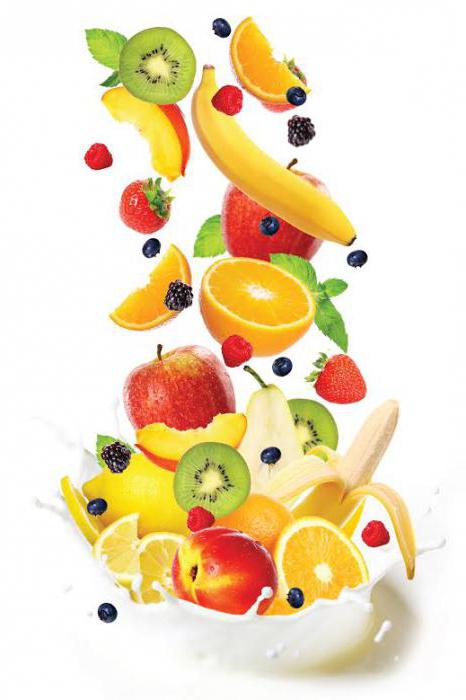
Necessary actions when detecting a pest
1. The owner of the product, upon detection of quarantine objects, is urgently required to isolate it and immediately inform the appropriate service about it.
2. For those products in which a pest is detected, any of the possible quarantine phytosanitary measures is applied:
- product disinfection;
- its processing by one of the methods capable of depriving a quarantine object of potential danger;
- if necessary - destruction of all products.
In the summer of 2016, phytosanitary control at the Strigino airport revealed 18 kg of plant products that were temporarily banned from import into the country and arrived from Azerbaijan - they were seized and destroyed. 22 kg of products - tomatoes, peaches, grapes and others were seized at the international airport of Irkutsk. The fact is that there is a decision that products arriving in Russia from Azerbaijan, Tajikistan and Uzbekistan in hand luggage should be destroyed.
Introduction of emergency measures
In some circumstances, authorized bodies may introduce emergency quarantine phytosanitary measures.This means regular monitoring of risk factors affecting the appearance of quarantine objects. Possible emergency measures may include the following: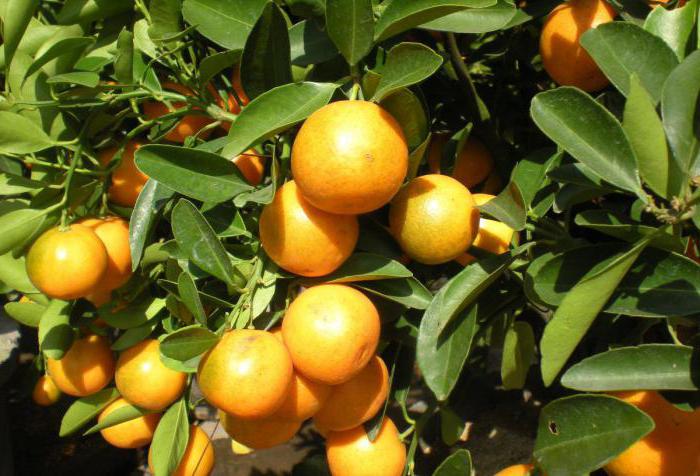
- the introduction for a period of time restrictions on the supply of certain products to the country or application of additional requirements to it;
- decision on restrictions on the turnover of said products.
Emergency measures are valid until the causes that caused them are eliminated.
The entry into the country annually of a huge amount of plant products, including from countries with insufficiently studied phytosanitary conditions, creates a great potential danger of introducing pests or plant diseases. Therefore, phytosanitary control is a necessary and important component in ensuring the national security of the country.
